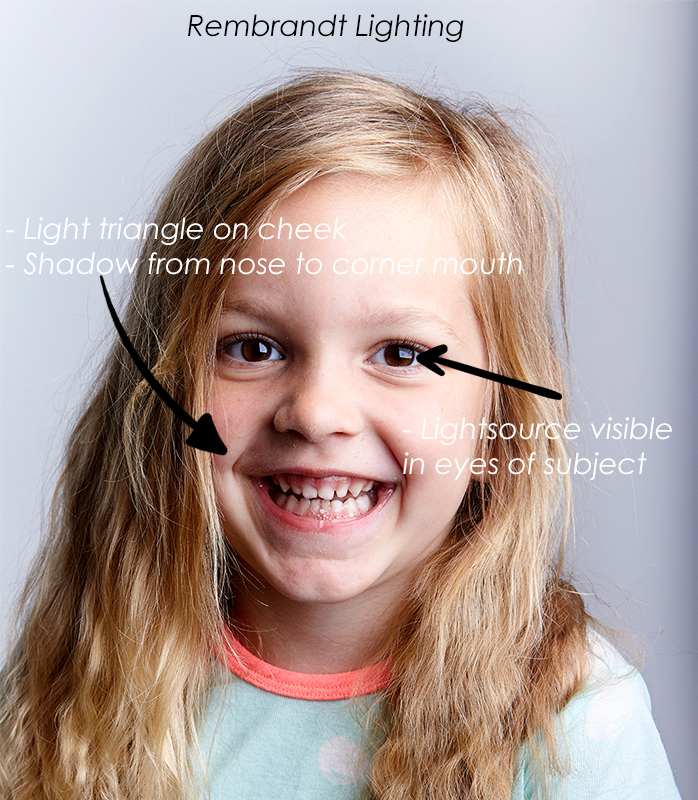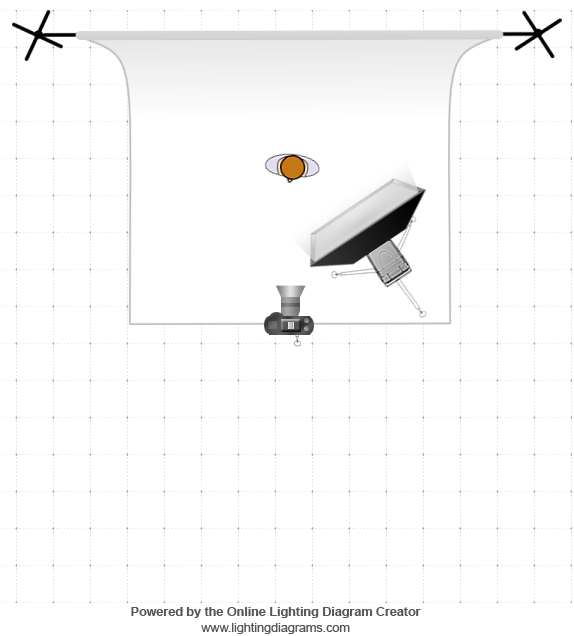Photography is about catching light. To make a good photograph, it is important to:
- Have a sufficient amount of light
- Direct the light
The angle of light has a big influence on the look of your photo. Light can be easily adjusted when you have strobes. But what if, like most photographers, you do not have any strobes?
You can still direct the angle of the light. Do you want to know how? In this article, i will explain how to direct light, to benefit your portrait photographs. Today i will talk about Rembrandt style of light.
Before we start off, there are 2 tips i would like to give you, so that is becomes easier for you to see what type of light has been used in a photo:
- Where are the shadows on the face?
- Can i see the reflection of the light-source in the eyes of the subject?

Rembrandt lighting is a direction of light that is angled at 45 degrees, both to the side and from above. This gives you a noticable ‘triangle of light’ on the cheek, and a shadow that runs from the nose to the corner of the mouth.
This type of light is commonly used for ‘dramatic’ type of portraits, and is very well suited for photographing men.

There are a numerous ways to get Rembrandt light without strobes. The easiest way is indoors, but you can also achieve it outdoors.
- Use a window (bedroom window or rooftop window). You cannot change the location of the window, so adjust your subject so that you see the ’triangle of light’ on the cheek. By adjusting your subject you can also get other types of light, which we will cover other articles!
- Use a gardenhouse, tunnel etc. If your subject is placed below, you can get a Rembrandt lighting.
- Direct sunlight. If the sun is a bit lower in the sky, you can place your subject at an angle so that you get the Rembrandt light. Be careful with direct sunlight in your photos: Because the lightsource (the sun) is so far away it is a very small lightsource, and you will get very harsh-looking shadows because of this. Usually, this is not neccesarily flattering for a portrait.
When do you use Rembrandt lighting? Whenever you want offcourse!
The rules of photography are there to be aware of, but however you choose to apply them is up to you!

